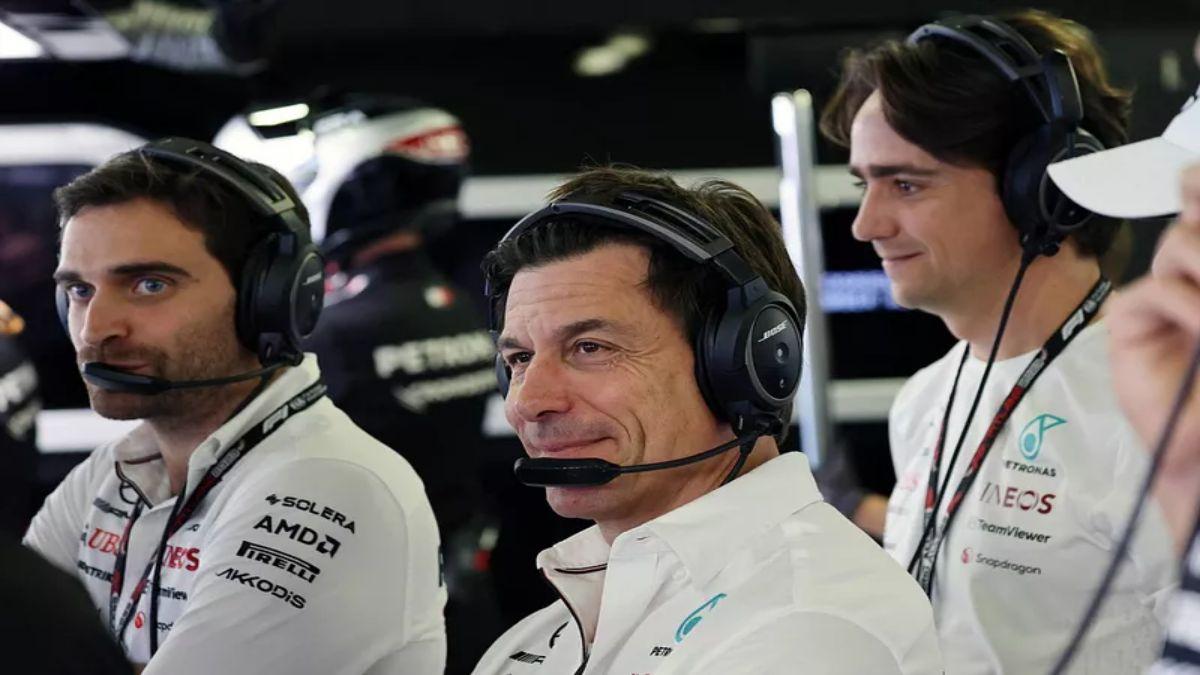(Motorsports news) High race pace is the product of an enhanced floor that debuted in Texas, Wolff believes the Mexico performance could also be related to an engine issue. According to him, the Brixworth-based High-Performance Powertrains plant had addressed a lingering turbocharger problem in which it battled to breathe and overheated in the thin air at high altitude, as reported by Mexico City.
Mercedes’ Lewis Hamilton finished second on the track against Max Verstappen for the second race in a row, however, he was eventually disqualified from the United States Grand Prix for finishing with an abnormally worn board. Last weekend in Mexico City, he advanced from sixth on the grid to 14 seconds behind the Red Bull champion. Meanwhile, teammate George Russell advanced two spots to sixth place.
“HPP has done a fantastic job over the last few years – that was always our Achilles’ heel here, that the turbo didn’t breathe well enough,” Wolff stated. “That’s taken care of, and it’s going to be a good weekend.” Our power unit was identical to the others. “I couldn’t be more proud of what HPP has achieved with the power unit”, Wolff remarked.
Wolff went on to say that engine temperatures had remained stable and that Hamilton’s drive to break away from the cars ahead was to locate cooler air to control the brake callipers instead. Hamilton and Russell finished 14th and 15th in the speed traps last weekend in race trim. In 2022, they were placed 16th and 18th, respectively. Wolff also believed that the Mexican weekend, which featured three practice sessions rather than the sprint model utilized in the United States, had verified the benefits of the new floor.
He did, however, point out that the W14 had several basic faults that could not be addressed with in-season changes. “We’ve seen that it provides more downforce, more drivability,” the Briton continued. The automobile is a little less difficult. “However, the genes are still present.” ‘She’s still so tough to drive, even though she’s faster,’ Lewis added.
“It was critical to see if we were heading in the right direction for next year and if we appeared to be on the right track. You must not forget, the car that we’ve designed didn’t have that floor, that airflow, these sidepods, leading edges and all the Christmas decoration.”
Also read: Piastri’s F1 Mexico GP is jeopardized due to Tsunoda collision damage



